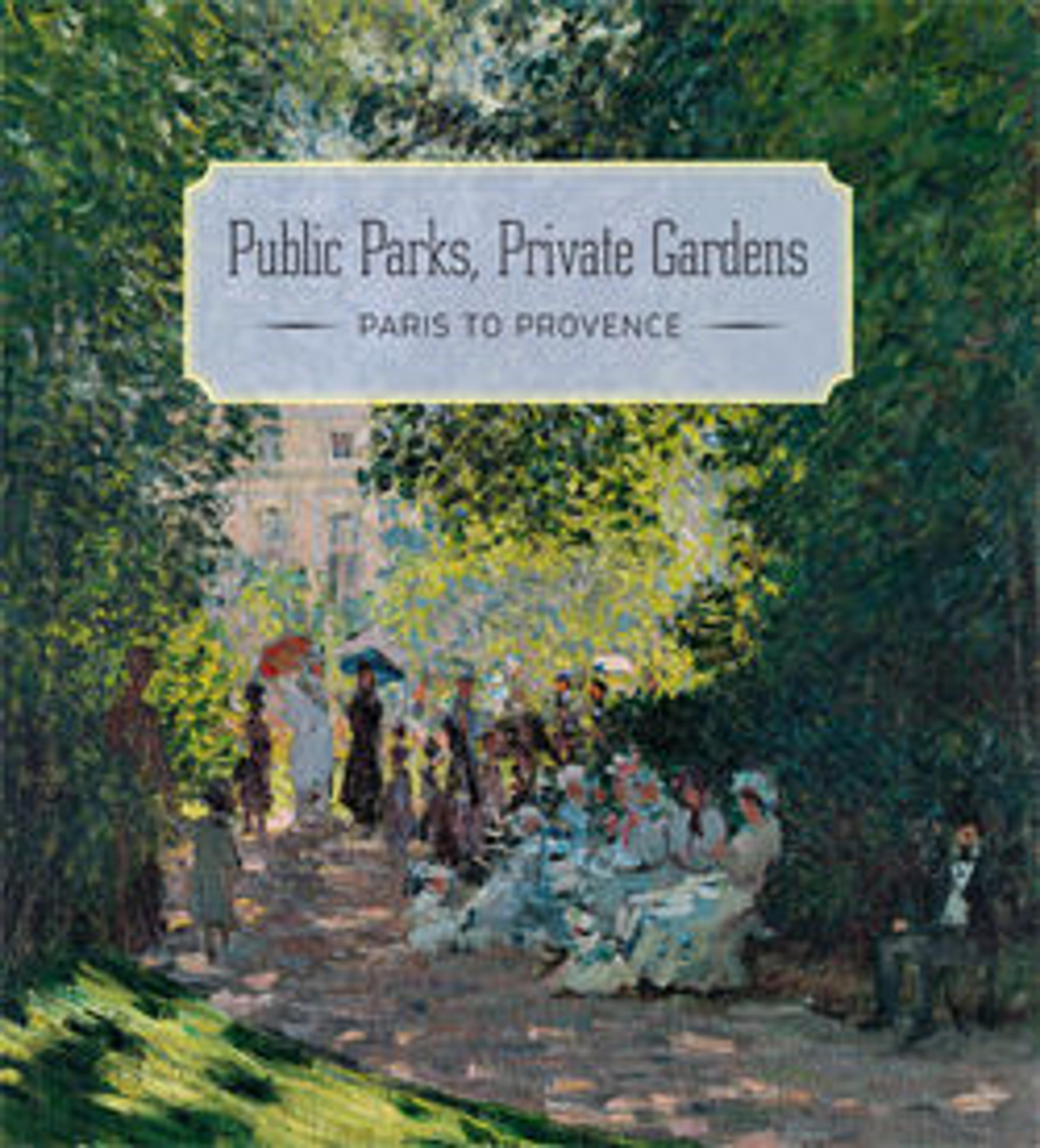George Sand's Garden at Nohant
During the 1840s Delacroix made three summer visits to Nohant in central France, where he stayed at the country home of his friend the writer Aurore Dudevant, better known by her pseudonym George Sand. This verdant view on the south side of the house, whose focal point is a simple stone table (or bench), was preceded by a pencil sketch that probably dates to 1842 or 1843 (Musée Carnavalet, Paris). One of Delacroix's rare pure landscapes, it was undoubtedly painted as a gift for Sand.
Artwork Details
- Title:George Sand's Garden at Nohant
- Artist:Eugène Delacroix (French, Charenton-Saint-Maurice 1798–1863 Paris)
- Date:ca. 1842–43
- Medium:Oil on canvas
- Dimensions:17 7/8 x 21 3/4 in. (45.4 x 55.2 cm)
- Classification:Paintings
- Credit Line:Purchase, Dikran G. Kelekian Gift, 1922
- Object Number:22.27.4
- Curatorial Department: European Paintings
More Artwork
Research Resources
The Met provides unparalleled resources for research and welcomes an international community of students and scholars. The Met's Open Access API is where creators and researchers can connect to the The Met collection. Open Access data and public domain images are available for unrestricted commercial and noncommercial use without permission or fee.
To request images under copyright and other restrictions, please use this Image Request form.
Feedback
We continue to research and examine historical and cultural context for objects in The Met collection. If you have comments or questions about this object record, please contact us using the form below. The Museum looks forward to receiving your comments.
